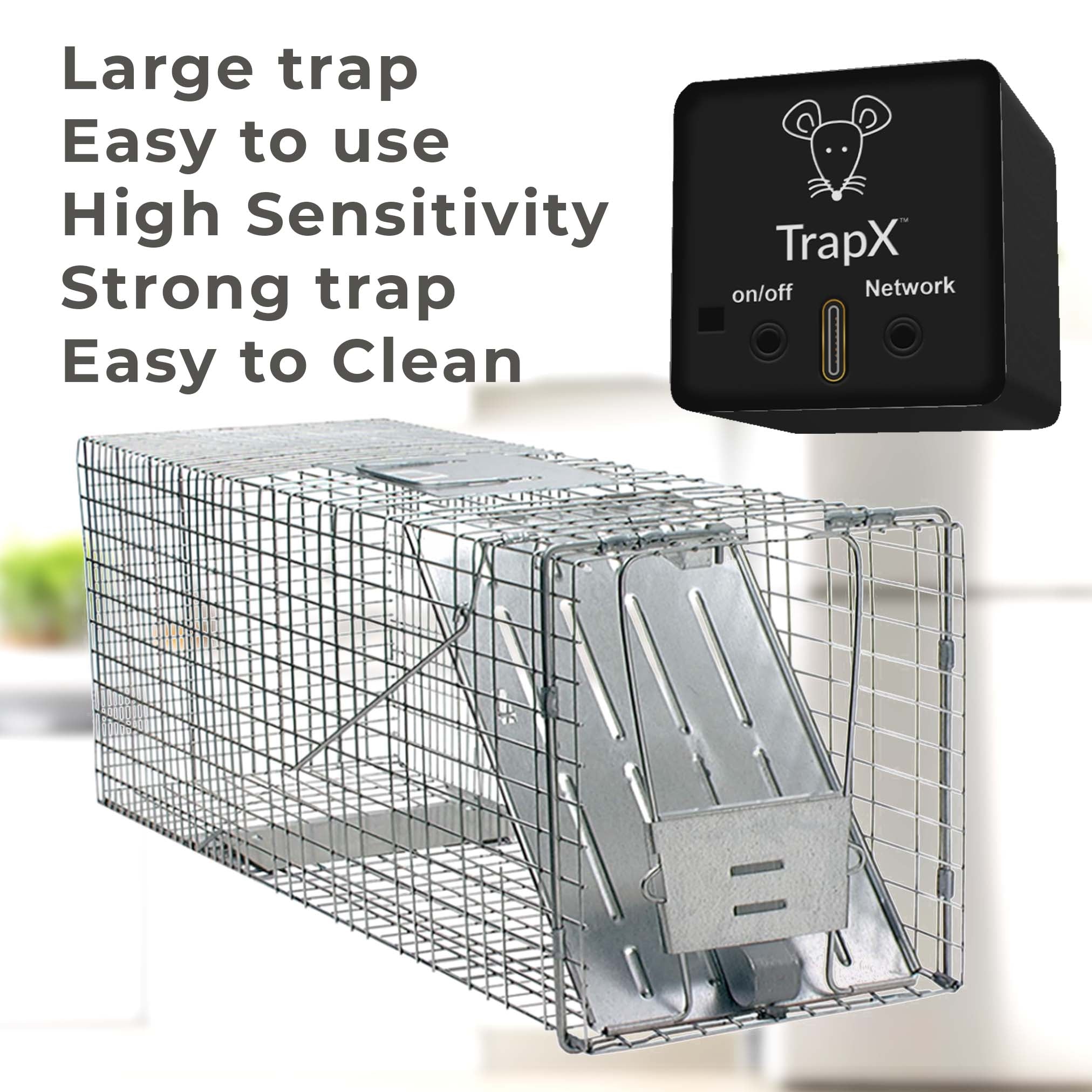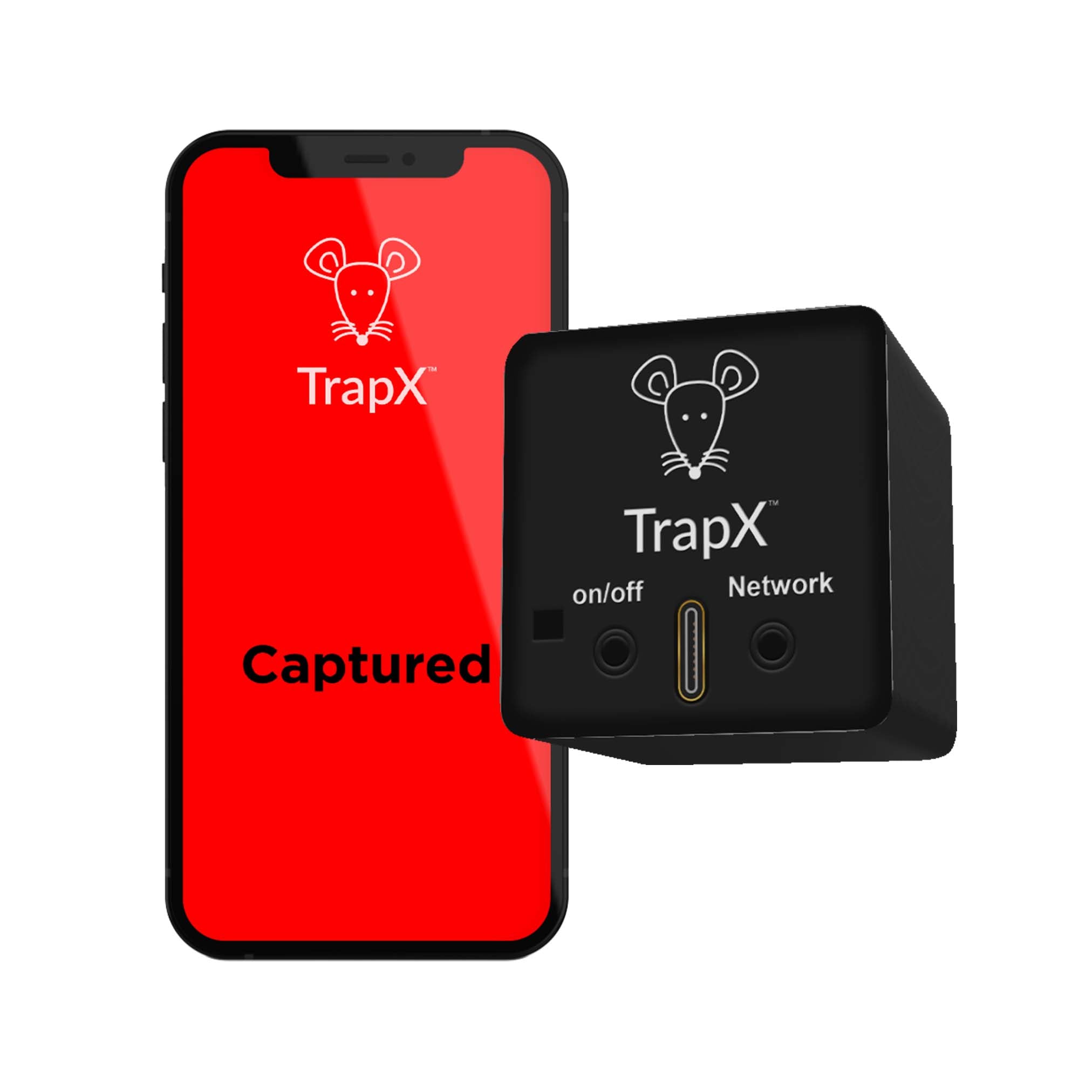Keeping Your Furry Friend Safe: Mouse Traps That are Dog-Friendly
Share
Our pets hold a special place in our hearts. For dog owners, ensuring that every aspect of their home is safe for their furry friends is paramount. One often overlooked concern is the use of mouse traps. Traditional mouse traps can be hazardous for dogs, leading to injuries and even poisoning. The good news is that there are mouse traps specifically designed to be dog-friendly while effectively addressing your rodent problems. In this article, we will explore the best dog-friendly mouse traps available and provide essential tips on keeping your pet safe from harm.

Understanding the Need for Dog-Friendly Mouse Traps
The Hidden Dangers of Traditional Mouse Traps
Traditional mouse traps, whether they are snap traps, glue traps, or poison baits, pose significant risks to dogs. Snap traps can cause severe injuries to curious pups, glue traps can result in distress and fur damage, and poison baits can be fatal if ingested. It's crucial to be aware of these dangers and seek alternatives that prioritize the safety of your pet.
Benefits of Using Dog-Friendly Mouse Traps
Investing in dog-friendly mouse traps not only ensures your pets' safety but also brings peace of mind to pet owners. These traps are designed to be both effective in capturing rodents and harmless to larger pets like dogs. Furthermore, using safe traps can reduce the likelihood of secondary poisoning, where a pet consumes a poisoned rodent.

Types of Dog-Friendly Mouse Traps
Electronic Mouse Traps
Electronic mouse traps are a humane and efficient option for dealing with rodent problems. These traps deliver a quick, humane electric shock to mice, instantly killing them without posing a threat to dogs. Check out our guide to electronic mouse traps for more details. Many models are designed to be tamper-proof and prevent accidental activation by pets.
Catch-and-Release Traps
Catch-and-release traps, also known as humane traps, capture mice without harming them. These traps allow you to release the captured rodent back into the wild far away from your home. Since there are no harmful substances or mechanisms, these traps are entirely safe for dogs.
Enclosed Snap Traps
Enclosed snap traps are a safer alternative to traditional snap traps. These traps feature a protective casing that prevents pets from accessing the snapping mechanism. Only small rodents can enter the trap, ensuring that your furry friend remains unharmed. Learn about other mouse trapping techniques.
Natural Mouse Repellents
While not a trap per se, natural mouse repellents can effectively deter mice without using harmful chemicals. Essential oils like peppermint, eucalyptus, and citronella are known to repel rodents. These natural substances can be safely used around dogs.
Ultrasonic Mouse Repellers
Ultrasonic mouse repellers emit high-frequency sound waves that are disturbing to rodents but inaudible to humans and pets. These devices can effectively keep mice away from your home without posing any risks to your dog.

Features to Look for in Dog-Friendly Mouse Traps
Safety Mechanisms
Safety should be the top priority when choosing a mouse trap. Look for traps with protective enclosures, tamper-proof designs, and mechanisms that prevent accidental triggering by pets.
Effectiveness
While safety is crucial, the trap's effectiveness in capturing rodents shouldn't be compromised. Choose traps that have a proven track record of successfully dealing with mouse infestations.
Ease of Use
The best mouse traps are easy to set up, use, and dispose of. Look for traps with clear instructions and minimal maintenance requirements.
Humane Solutions
Opt for traps that provide a quick and humane solution to your rodent problem. This ensures minimal suffering for the captured animals and aligns with ethical pest control practices. For more on humane methods, visit this external link.

Tips for Placing Dog-Friendly Mouse Traps
Identify High-Activity Areas
Focus on areas where you've noticed the most rodent activity, such as the kitchen, pantry, garage, or basement. Placing traps in these locations increases the likelihood of capturing mice efficiently.
Keep Traps Out of Pet Reach
Even though the traps are dog-friendly, it's best to place them in areas that are difficult for your dog to access. This minimizes any chance of accidental contact.
Use Multiple Traps
For larger infestations, using multiple traps can increase your success rate. Place traps along walls, behind appliances, and in other secluded spots where mice tend to travel. For more insights, refer to our comprehensive guide on effective rodent control.
Regular Inspection
Check traps regularly to ensure they are functioning and to remove any captured mice promptly. This prevents potential distress for the mice and maintains trap effectiveness.
Common Myths About Dog-Friendly Mouse Traps
Myth 1: All Mouse Traps Are Dangerous for Dogs
Not all mouse traps present a risk to dogs. There are many dog-friendly options available that ensure effective rodent control without putting your pet in harm's way.
Myth 2: Dog-Friendly Traps are Less Effective
Dog-friendly mouse traps are designed to be both safe and effective. They undergo rigorous testing to ensure they can handle rodent problems just as well as traditional traps.
Myth 3: Natural Repellents Don't Work
Natural repellents can be highly effective when used correctly. Essential oils and other natural substances are proven to deter rodents while being safe for use around pets and humans.
Frequently Asked Questions
Are electronic mouse traps safe for dogs?
Yes, electronic mouse traps are safe for dogs. The shock mechanism is designed to target small rodents and is enclosed to prevent accidental contact with pets.
How do I know if a mouse trap is truly dog-friendly?
Look for traps specifically labeled as pet-safe or dog-friendly. These traps are designed with safety features that protect pets from harm.
Can natural repellents be used alongside mouse traps?
Absolutely. Using natural repellents in conjunction with mouse traps can enhance your rodent control efforts while keeping your home safe for pets.
What should I do if my dog comes into contact with a mouse trap?
If your dog comes into contact with a mouse trap, carefully remove the trap and check for any injuries. Consult your veterinarian if you notice any signs of distress or injury.
How often should I check my dog-friendly mouse traps?
Check your mouse traps regularly, ideally every 1-2 days, to ensure they are functioning correctly and to remove any captured mice promptly.
Can dog-friendly mouse traps be reused?
Many dog-friendly mouse traps are designed for reuse. Follow the manufacturer's instructions for cleaning and resetting the traps to maintain their effectiveness.
Conclusion
Ensuring your home is free from rodents while keeping your dog safe is a priority for every pet owner. By choosing dog-friendly mouse traps, you can effectively address rodent problems without risking your furry friend's well-being. Remember to prioritize safety, ease of use, and humane methods when selecting traps. With the right approach and tools, you can keep your home mouse-free and your pet happy and healthy.
As an Amazon Associate, I earn from qualifying purchases.
